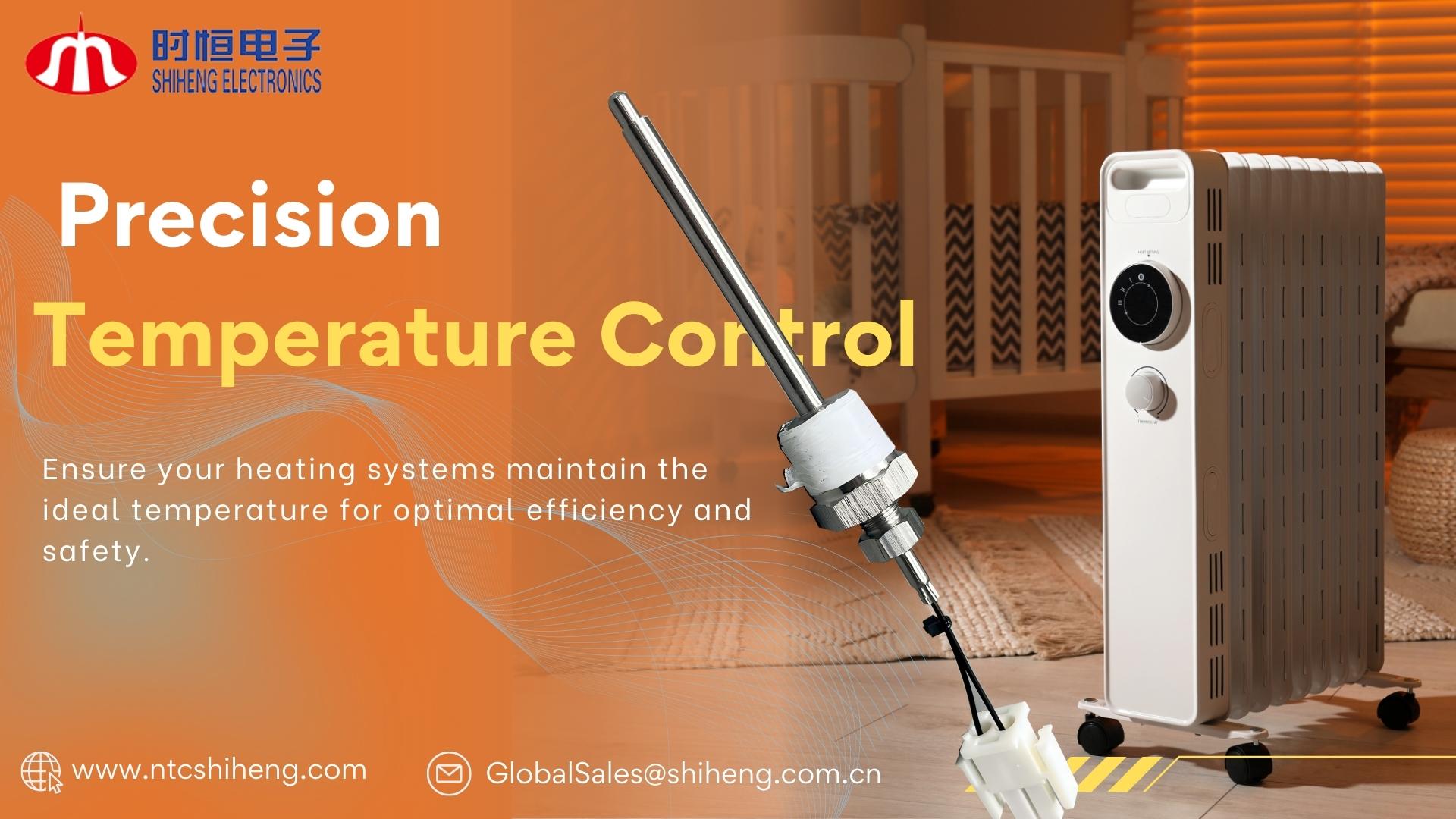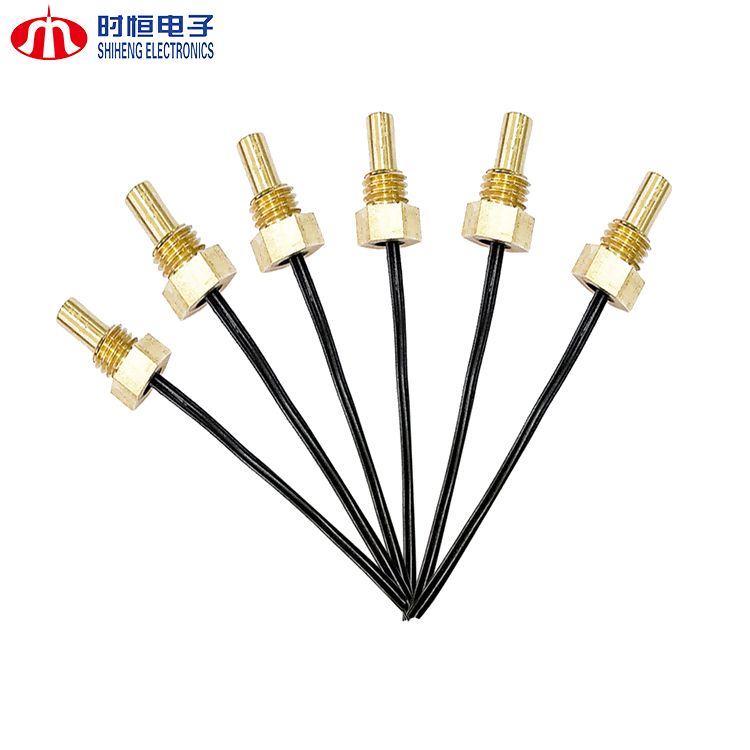The Role of Temperature Sensors in Heating Systems: Ensuring Efficiency and Safety
Feb 19, 2025Precise temperature control is essential in heating systems, whether in industrial machinery, household appliances, or specialized heating equipment. Without reliable temperature monitoring, overheating can lead to inefficiencies, safety hazards, and even equipment failure. Temperature sensors play a critical role in optimizing heating performance by providing real-time temperature data, ensuring stable operation and energy efficiency.
Why Heating Systems Need Temperature Sensors
In heating applications, maintaining an optimal temperature is crucial for:
Energy Efficiency – Avoiding excessive power consumption by regulating heat output.
Equipment Protection – Preventing overheating, which can degrade components over time.
User Safety – Ensuring controlled temperature levels to prevent burn risks or system malfunctions.
Whether in industrial heating systems, water heaters, or household appliances, temperature sensors help regulate temperature fluctuations and maintain stable operation.
How Temperature Sensors Optimize Heating Performance
Modern heating systems integrate advanced temperature sensors to precisely control heat output. PT100 PT1000 Grade A sensors, known for their high accuracy, are widely used in industrial heaters, electric furnaces, and boilers to maintain consistent performance. These platinum resistance sensors provide superior long-term stability, ensuring reliable temperature monitoring in high precision applications.

For applications requiring secure and durable installations, LUG Temperature Monitoring Sensors are commonly used. These sensors are designed for direct surface mounting, offering robust and long-lasting performance in high temperature environments such as industrial heating systems.
In household applications, such as ovens, electric water heaters, and HVAC systems, sensors like temperature sensors for household appliances ensure stable operation. These sensors prevent overheating, enhance energy efficiency, and improve user comfort by maintaining precise temperature control.
Applications of Temperature Sensors in Heating Systems
Industrial Heaters – Regulating high temperature processes in manufacturing and metalworking.
Electric Water Heaters – Ensuring water reaches and maintains the desired temperature efficiently.
HVAC Systems – Helping control air temperature for heating and ventilation.
Ovens and Cooktops – Monitoring temperature levels for safe and precise heating.

With the integration of temperature sensors, these applications achieve improved thermal management, reducing energy waste and ensuring longer equipment lifespans.
At Nanjing Shiheng Electronic Technology Co., Ltd., we specialize in high-performance temperature sensors designed for heating applications. Our advantages include:
Customizable Solutions – Tailored PT100 PT1000 Grade A, LUG Temperature Monitoring Sensors, and other temperature sensors to meet specific heating system needs.
High Accuracy & Stability – Ensuring precise temperature control for long-term reliability.
Durability for Harsh Environments – Designed to withstand extreme heat and continuous operation.
Energy Efficiency – Helping reduce power consumption while maintaining optimal performance.
Temperature sensors are an essential component in heating systems, ensuring efficiency, safety, and reliability across industrial and household applications. Whether using PT100 PT1000 Grade A, LUG Temperature Monitoring Sensors, or temperature sensors for household appliances, choosing the right sensor enhances temperature control, extends equipment lifespan, and improves overall performance.